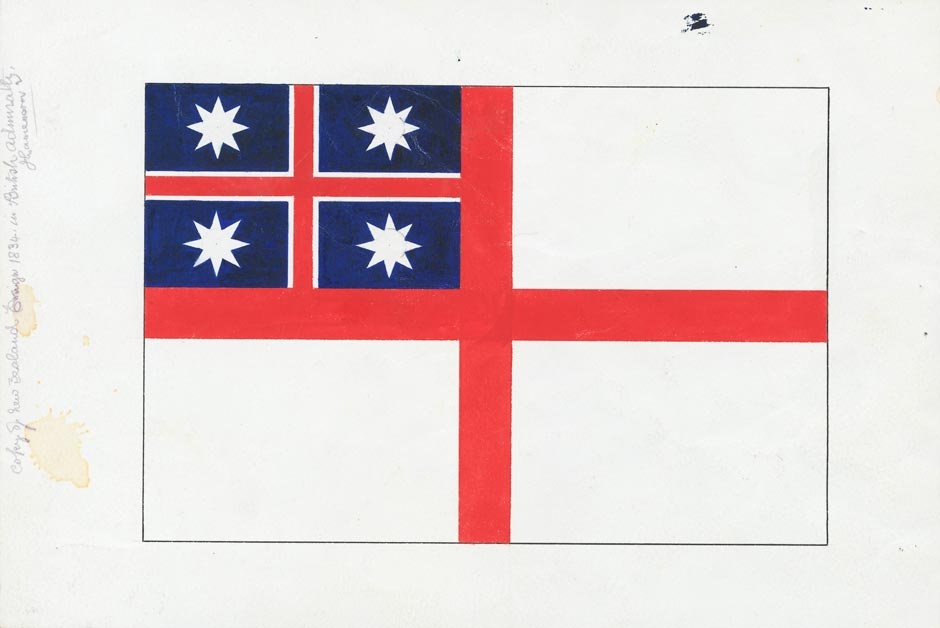 |
| Mount Cook (Aoraki), Mount Cook National Park, South Island, New Zealand |
If your answer is, "I have no idea." You are not alone. And the correct answer may not matter. New Zealand will be voting on changing their nations flag very soon. It gives New Zealanders an opportunity to recast their identity into a new national image and, perhaps, amend the world's understanding of their history. But in order to explain what we mean, we have to share some history of New Zealand within the context of the current flag.
The current New Zealand flag was adopted in 1902. Framed in an effort to align this nation with British Empire during the South African War, the flag was designed with a star constellation representing the pacific and a Union Jack, representing the homeland of the colonies. The blue background of the flag is the ocean and sky. For me, the flag means the Great Britain of the pacific. (The same could be said for the Australian flag.)
New Zealand was first discovered by the European Explorer Abel Tasman in 1642, but had been populated by Polynesians (Maori Culture) for more than 700 years. On the first of his three voyages, Captain James Cook circumnavigated of the two islands and produced a detailed map in 1769 (over a hundred years later). The first colony was set up in 1788. What followed were many European visits and eventually a formal agreement to include New Zealand in the British empire in 1840.
Seven years before the treaty, New Zealand flew the United Tribes of New Zealand flag. This was spearheaded by James Busby after ships from New Zealand were seized under British maritime law for not flying an identifying flag. So Rev Henry Williams designed the first flag for this flag-less nation.
But Busby wanted the flag to bring all peoples of New Zealand together. He called the chiefs and leaders of the tribes together. The decision of the flag design was actually agreed upon by 25 chiefs, as well as other missionaries and colony officials. This was truly a flag of the New Zealand people. But times change.
Once New Zealand was incorporated into the British Empire in 1840, the Union Jack was flown. This flag stood on the pole for six decades (there have been six other official New Zealand flags). Another very interesting flag is the National Maori Flag.
In many respects New Zealand has had a progressive past filled with trend setting national decisions, such as women's rights in the late 19th century or the Wakefield system of labor in opposition to the United State's slavery system or Australia's convict labor system. And in 1907, New Zealand decided to end formal British colonization. They formed a separate dominion. This was after rejecting the offer to become a common wealth of Australia. And while the political landscape and identity of New Zealand changed, the flag did not.
So what is in store for New Zealand's flag future? Perhaps, as the original United Tribes of New Zealand flag was formed back in 1833, the people of New Zealand can decide their identity under a new national symbol. Finding a symbol that sums up an impressive history spanning cannibalism to progressive politics will be a challenge. One option is a silver fern on a black background. But only time (three years in this case) will tell.
In a world that is getting more globally accessible every day, a unique and defined identity is important. And where, at one time, nations gathered, they are now fighting for the recognition and independence of their own history.
There are many examples of this happening around the world. Just look the Ukraine. President Barack Obama's meeting is meeting today with the new Prime Minister, Arseniy Yatsenyuk. Recently, protests over the Ukraine's acceptance into the EU has resulted in deat, exile of the former prime minister Viktor Yanukovich, and a country torn. Identity is on the forefront of the debate. Is the Ukraine a part of the European Union or a part of the Russia (being a former member of the Soviet Union). While a nation's flag is seems to be a passenger to conflict, it is actually the symbol that represents a nation's pride and history.




